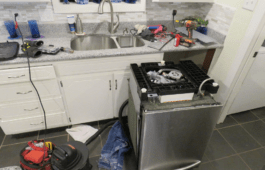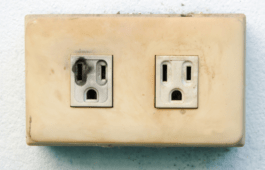10 Things You Should Never Store In Your Attic
It’s easy to treat the attic like a catch-all space for anything that doesn’t have a place downstairs, but just because it’s out of sight doesn’t mean it’s the right spot for everything. Attics often experience hotter temperatures (heat rises, after all), poor ventilation, and high humidity, which can damage what you put up there. If you want to avoid any nasty surprises, here are ten things you should never store in your attic.
1. Photographs and Old Albums
Heat and moisture can easily warp photographs, causing them to curl, stick together, or fade. Old photo albums, especially those with delicate pages, don’t handle attic conditions well, and even if you have digital backups, they can’t replace the feeling of holding a real photo. Keep these items in a climate-controlled part of the house, away from direct light, in archival containers if possible.
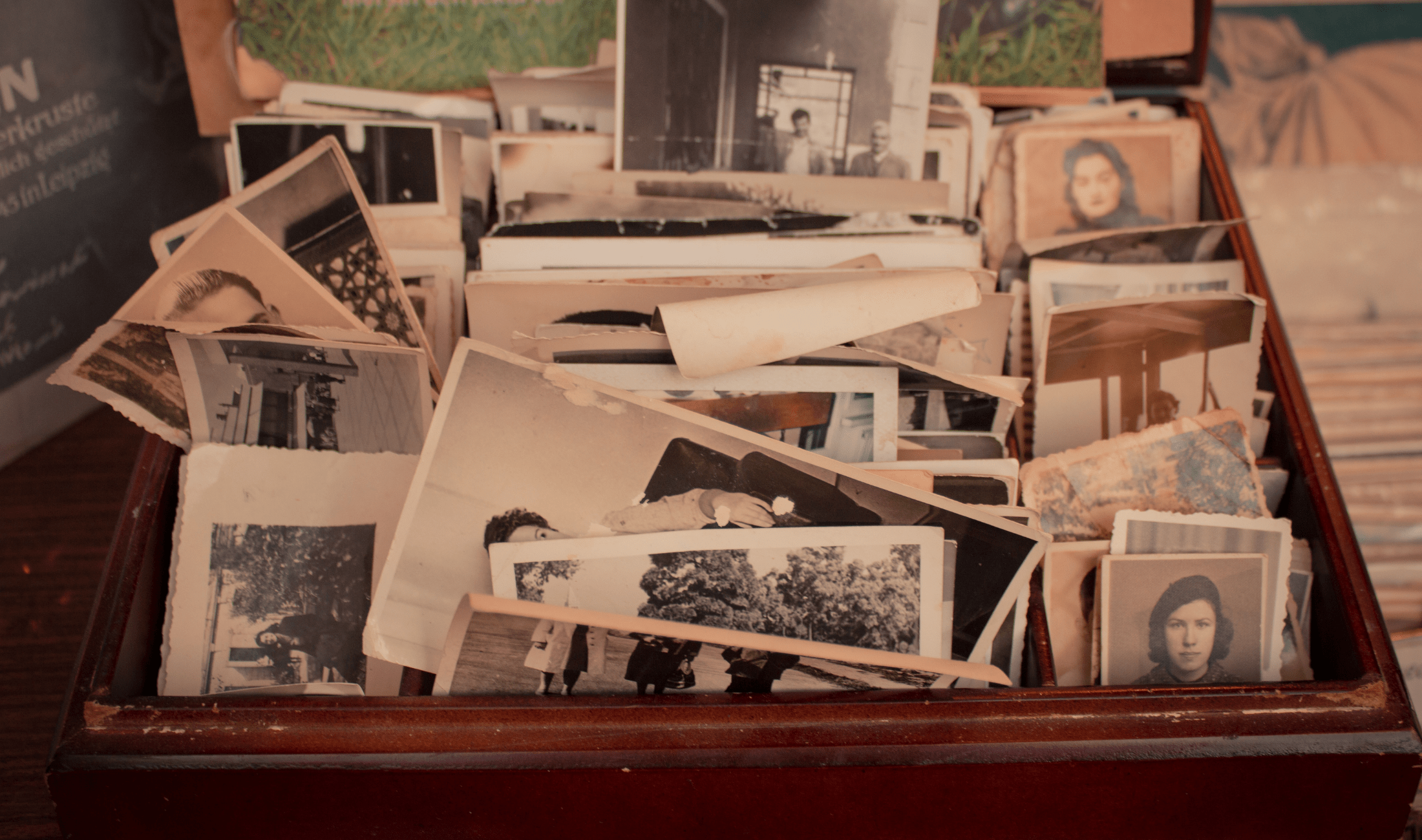
2. Wooden Furniture
Wood responds poorly to fluctuating heat and humidity. Attics can cause wood furniture to swell, crack, or even rot over time. Antique or sentimental wooden pieces are especially at risk. It might seem like a smart way to free up space, but the long-term damage is rarely worth it. If you’re not using the piece now, consider a more stable storage option.
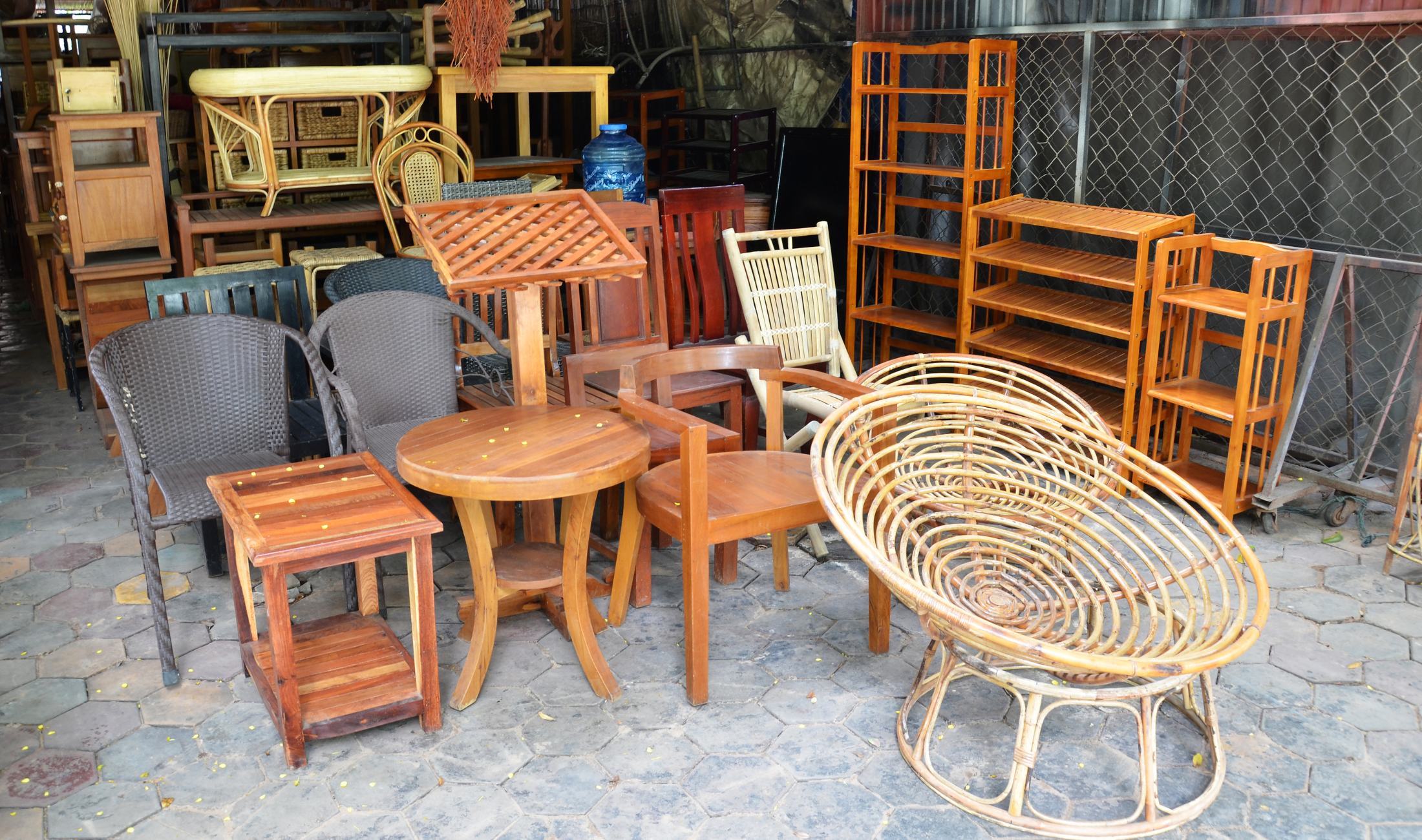
3. Electronics and Appliances
Old TVs, computers, stereos, and kitchen gadgets might seem fine to tuck away, but they’re highly sensitive to attic conditions. Heat can warp plastic parts, fry components, and cause corrosion in wiring. Even if they’re turned off, electronics can break down in storage. If you’re saving them for later use or donation, try to store them somewhere dry and cool.

4. Candles and Waxes
Any item that can melt doesn’t belong in an attic. Candles, wax decorations, and even some beauty products will soften or fully liquefy under attic temperatures. Once that happens, the mess is hard to clean and the items are usually ruined. A closet or cabinet indoors is a much better place for them, especially if you plan to use them seasonally.
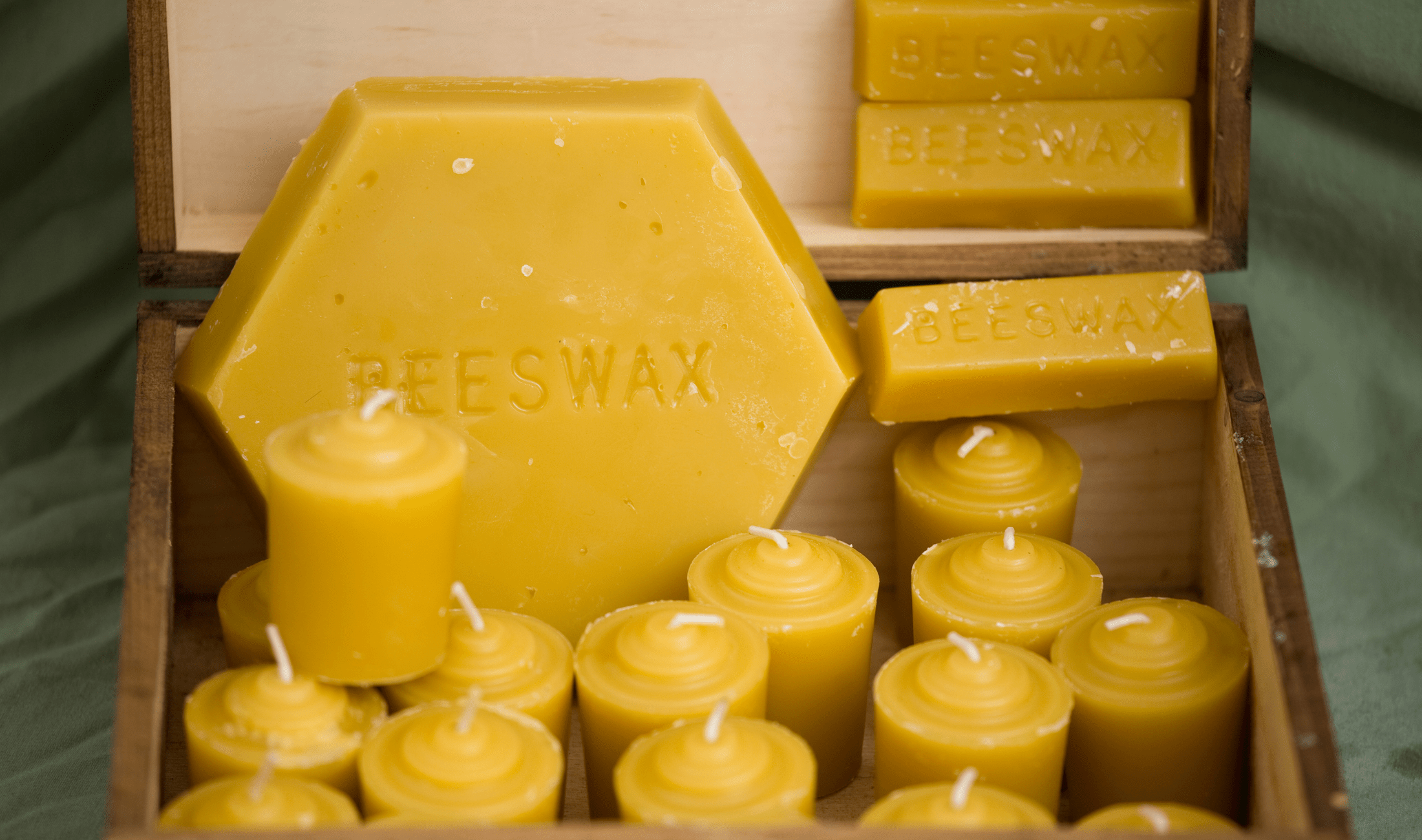
5. Important Documents
Birth certificates, property papers, medical records, and other official documents need better protection than most attics can offer. Paper breaks down quickly in high humidity and can become completely unreadable. Mice and insects are also a threat. Store paperwork in a waterproof, fire-safe box somewhere inside the house, ideally in a spot that’s easy to access if needed quickly.

6. Clothing and Textiles
Clothing made of natural fibers can easily attract pests like moths and silverfish in the attic. Even synthetic fabrics can develop mildew or strange odors from damp air. Vacuum sealing helps, but it doesn’t guarantee that any of those issues won’t still happen. If you’re saving baby clothes, winter wear, or special garments, choose a dry indoor space with steady airflow instead.
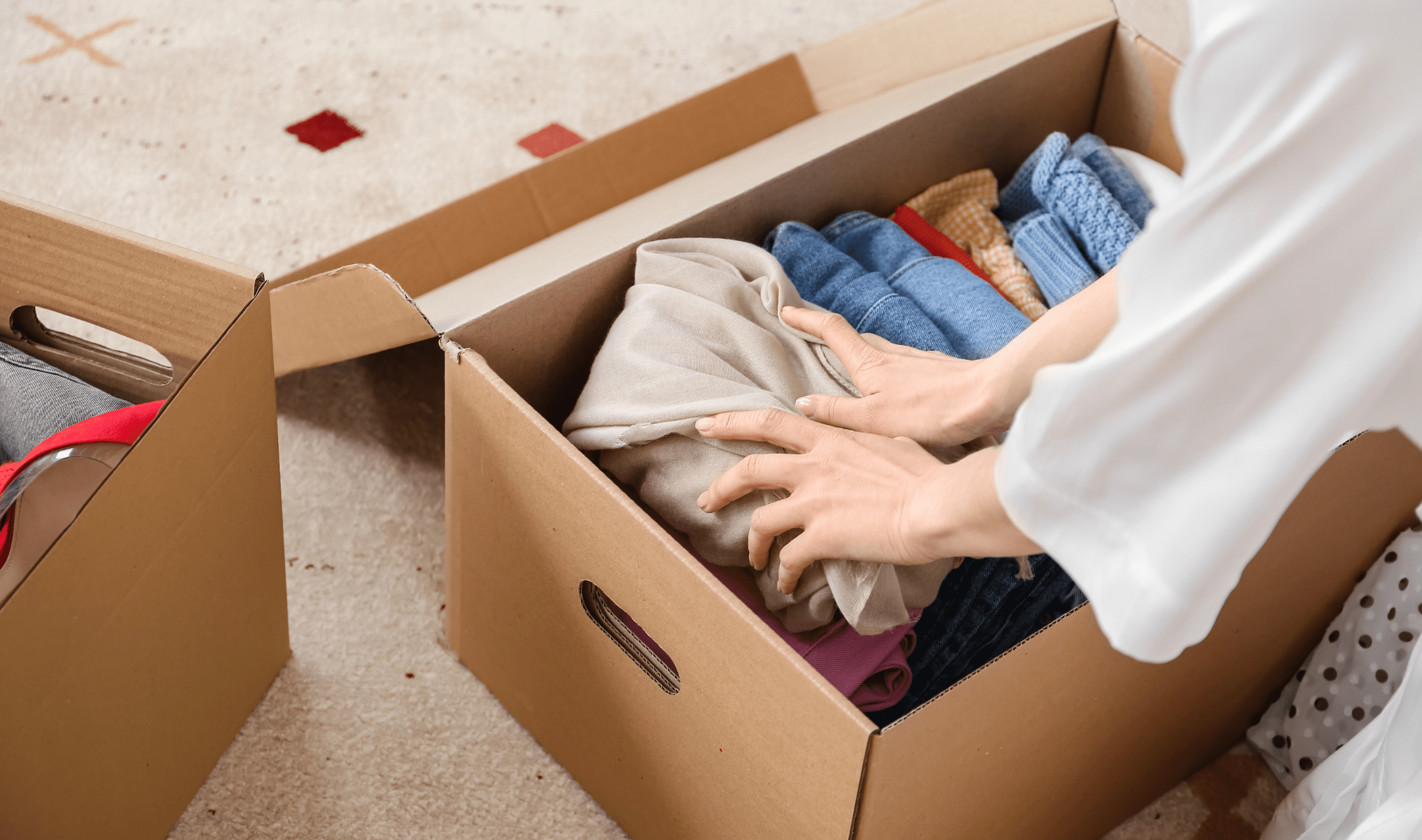
7. Paint and Cleaning Supplies
Paints, solvents, and cleaners often have warnings on the label about storage temperature. These shouldn’t be ignored. In hot attics, they can separate, spoil, or even become flammable. Metal containers especially may rust and leak. Even unopened cans can go bad. Always store these items in a cool, dry area, preferably a basement or garage with controlled temperature and ventilation.

8. Holiday Decorations with Natural Materials
Wreaths, pinecones, dried flowers, and anything with organic material can be a magnet for pests, as mice and insects won’t hesitate to make nests in them. If you want to keep seasonal decorations in the attic, stick to plastic, glass, or metal. Anything that looks like food or nesting material should be stored in airtight containers elsewhere.
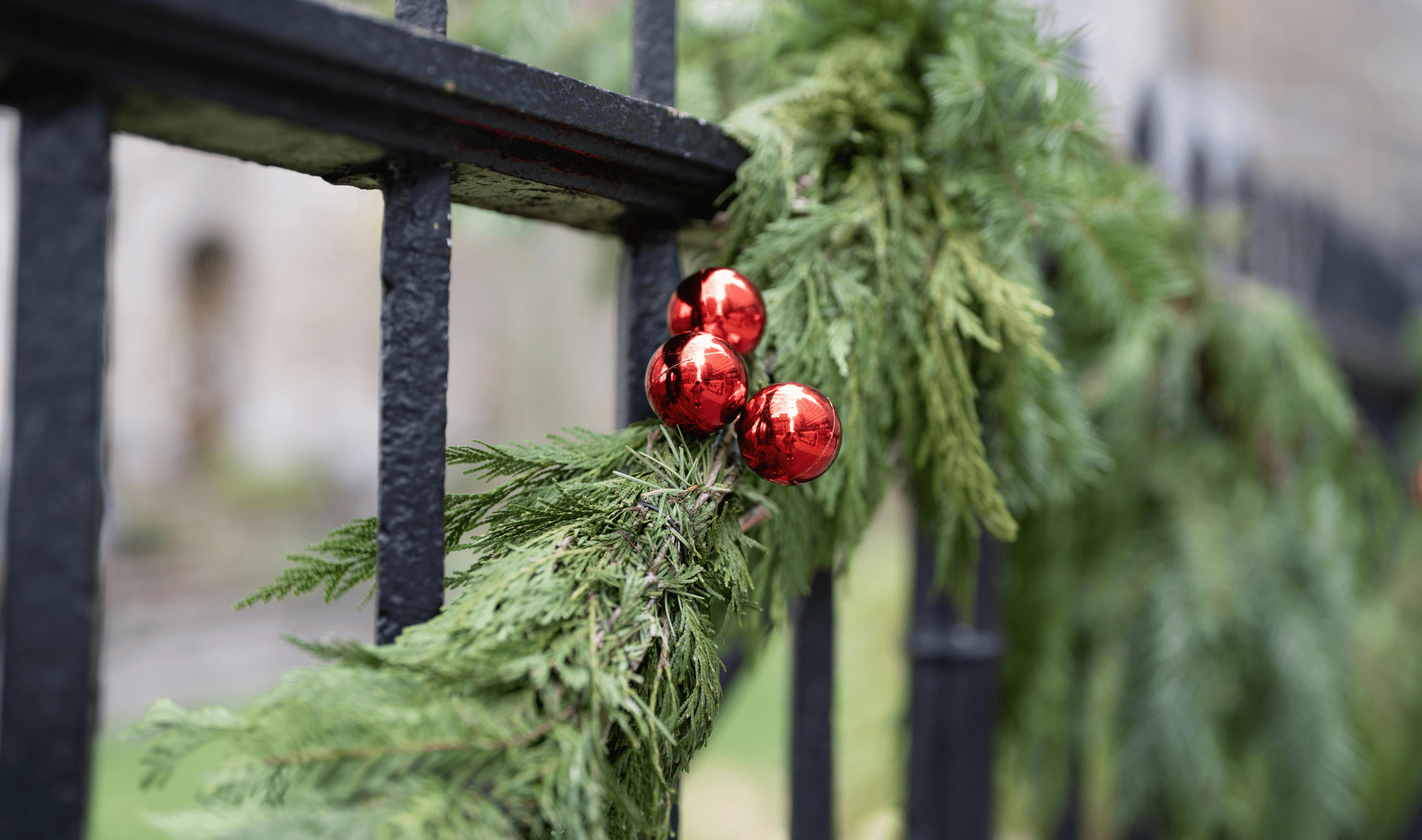
9. Vinyl Records and Media
Vinyl records, cassette tapes, and film reels don’t mix well with heat. Records can warp beyond playability, tapes can degrade, and film can become brittle or fade. Even DVDs and CDs can suffer damage in the attic. If you’re holding onto these for nostalgia or resale value, store them in a dark, cool place where temperatures stay steady.

10. Food or Pantry Items
Even non-perishable foods don’t belong in an attic. Canned goods can rust and burst, dry goods can attract rodents, and any food item can spoil with heat. If you’re short on kitchen space, find another cupboard or invest in proper food-safe storage bins. The attic is not a reliable backup pantry.
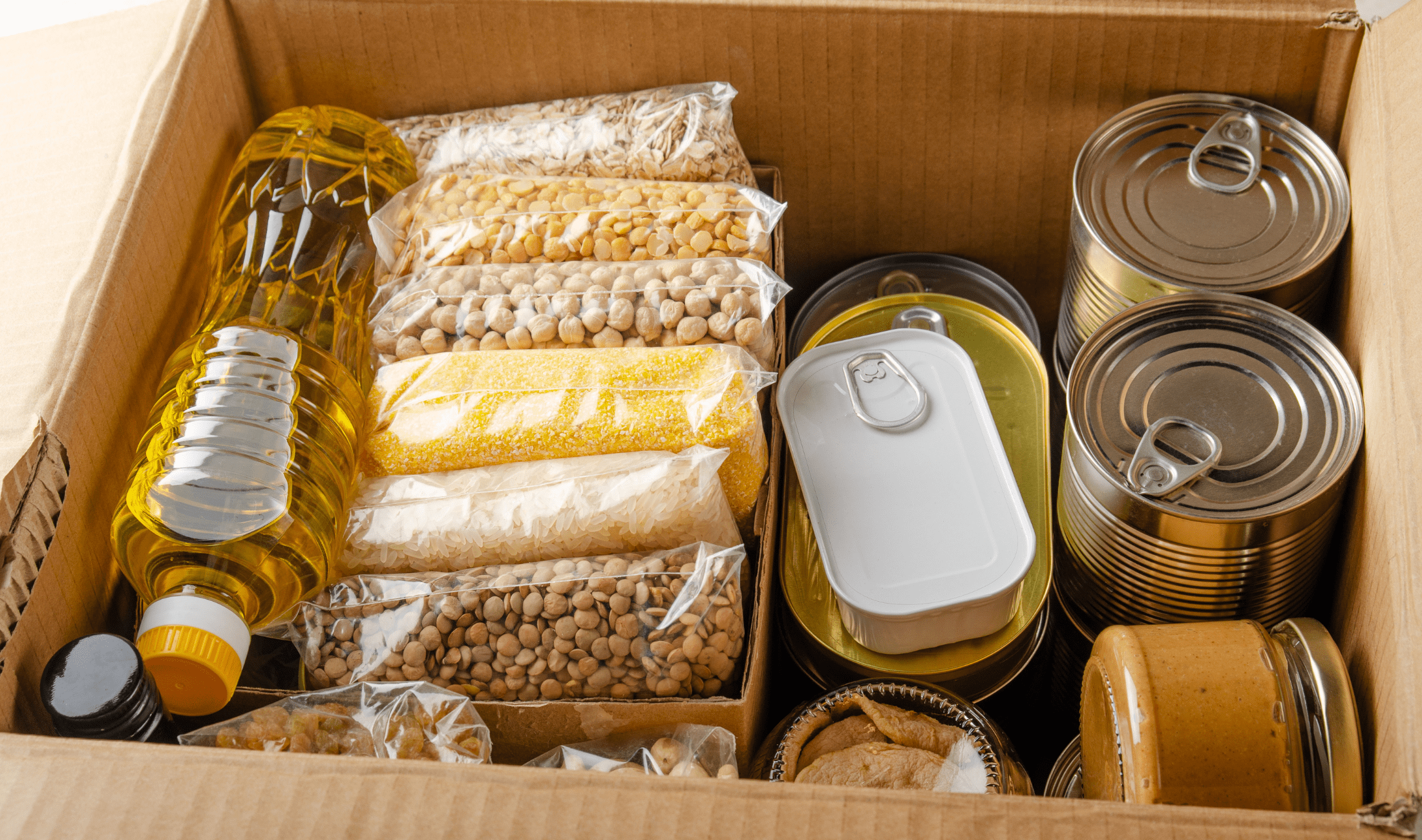
Related Articles
It’s natural to want to use every inch of space in your home, especially when storage feels tight, but the attic isn’t always the safe haven it seems to be. Temperature swings, humidity, and pests can destroy things you thought were safe. By the time you’ll notice the damage, it’s already too late. A little planning now can save you heartache later, so take time to reassess what’s up there, and give your important items a better home.

